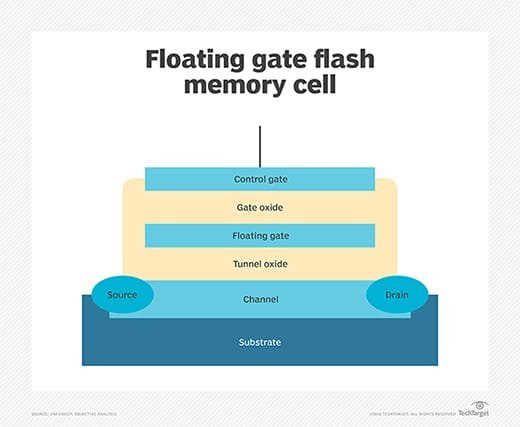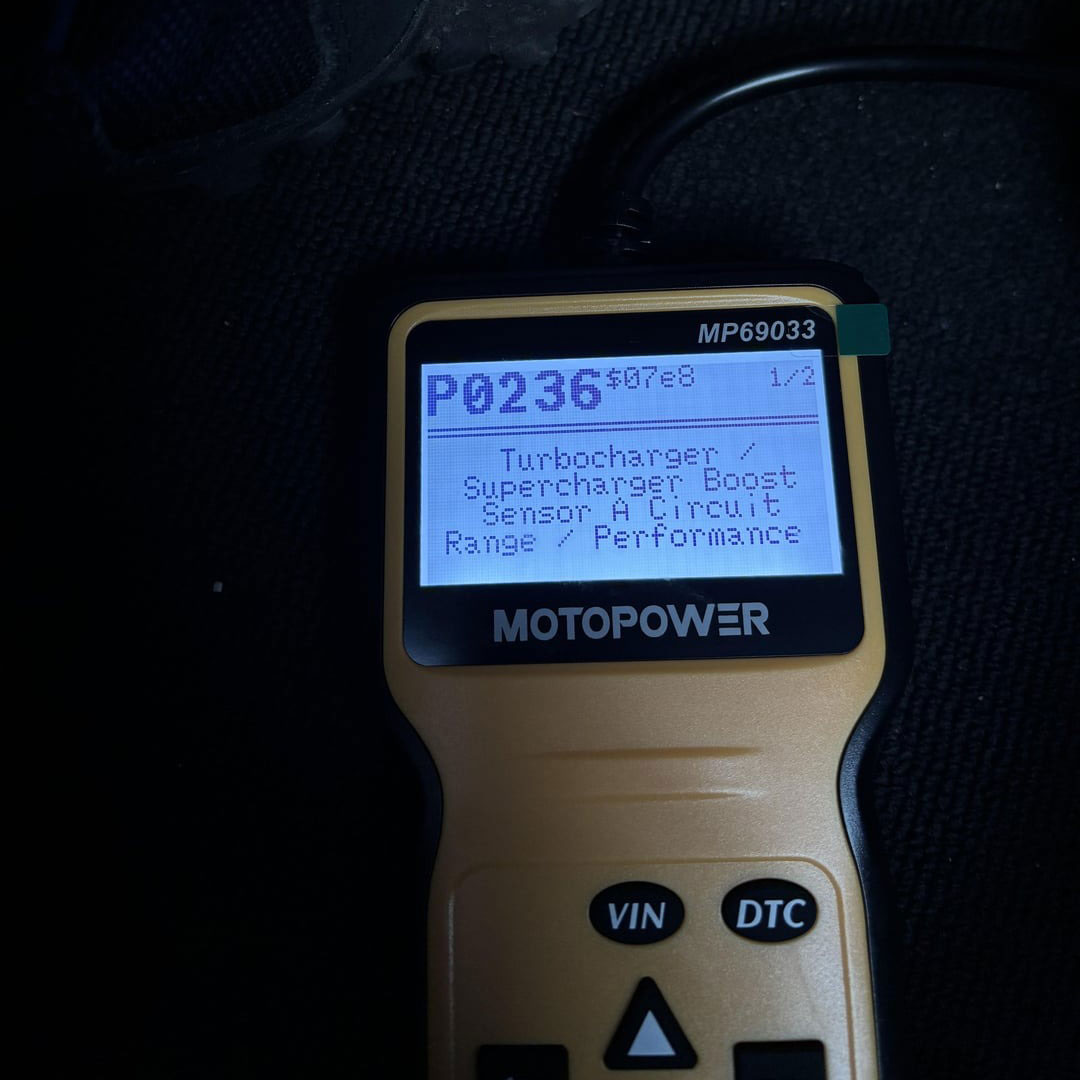
C1410 Mercedes Fault Code: Diagnosis and Solutions
Contents
- 1. Understanding the C1410 Mercedes Fault Code
- 2. Common Causes of the C1410 Fault Code
- 3. Diagnosing the C1410 Fault Code: A Step-by-Step Guide
- 4. Symptoms Associated with the C1410 Fault Code
- 5. Troubleshooting the C1410 Fault Code: Practical Solutions
- 6. Utilizing AutoExplain.com for Advanced Diagnostics and Solutions
- 7. The Role of Brake Fluid in Preventing the C1410 Code
- 8. Examining Pressure Sensors for Accurate Readings
- 9. ABS Control Module: Functionality and Troubleshooting
- 10. The Importance of Addressing Hydraulic Line Issues
- 11. Addressing Wiring and Connector Problems
- 12. The Role of Software in ESP System Function
- 13. Mechanical Failures in ESP Components
- 14. Case Studies: Real-World Examples of C1410 Solutions
- Case Study 1: Low Brake Fluid
- Case Study 2: Faulty Hydraulic Pump
- 15. Maintaining Your Mercedes-Benz ESP System
- 16. Partnering with AutoExplain.com for Comprehensive Support
- 17. Understanding the Costs Associated with C1410 Repairs
- 18. The Benefits of Remote Technical Support from AutoExplain.com
- 19. DIY vs Professional Assistance for C1410 Repairs
- DIY Advantages:
- DIY Considerations:
- Professional Assistance Advantages:
- Professional Assistance Considerations:
- 20. Frequently Asked Questions (FAQs) About the C1410 Fault Code
The C1410 Mercedes Fault Code indicates a problem within your vehicle’s system, potentially affecting performance and efficiency. At AutoExplain.com, we provide comprehensive diagnostic and repair information to address such issues effectively. Let AutoExplain.com guide you through understanding, diagnosing, and resolving the C1410 error, ensuring your Mercedes operates at its best with our expert remote support and services including software updates, key programming, and module assistance.
1. Understanding the C1410 Mercedes Fault Code
The C1410 fault code on a Mercedes-Benz typically points to an issue within the vehicle’s Electronic Stability Program (ESP) system, specifically related to a hydraulic fault in the brake system. This system is crucial for maintaining vehicle stability, especially during challenging driving conditions. The ESP system uses various sensors to monitor the vehicle’s direction and compares this to the driver’s intended path. If a discrepancy is detected, the ESP system intervenes by applying braking force to individual wheels to help steer the vehicle back on course. A hydraulic fault, as indicated by the C1410 code, can compromise this functionality, potentially leading to safety concerns.
- Hydraulic Fault: This refers to issues within the hydraulic components of the ESP system, such as the pump, modulator, or valves.
- Electronic Stability Program (ESP): A critical safety system designed to prevent skidding and loss of control.
- Brake System: The overall system responsible for slowing down or stopping the vehicle.
2. Common Causes of the C1410 Fault Code
Several factors can trigger the C1410 fault code in a Mercedes-Benz. Identifying the root cause is essential for effective repair. Here are some of the most common culprits:
- Low Brake Fluid Level: Insufficient brake fluid can lead to inadequate hydraulic pressure within the ESP system.
- Faulty Hydraulic Pump: The hydraulic pump is responsible for providing the necessary pressure for the ESP system to function. A failing pump can trigger the C1410 code.
- Defective Pressure Sensor: Pressure sensors monitor the hydraulic pressure within the system. A malfunctioning sensor can provide incorrect readings, leading to the fault code.
- Malfunctioning ABS Control Module: The ABS control module manages the ESP system. If it fails, it can cause a variety of issues, including the C1410 code.
- Clogged or Leaking Hydraulic Lines: Blockages or leaks in the hydraulic lines can disrupt the system’s pressure and function.
- Air in the Brake Lines: Air bubbles in the brake lines can compromise the hydraulic pressure and lead to system malfunctions.
- Internal Leakage within the ESP Hydraulic Unit: Internal leaks can cause a drop in pressure, affecting the system’s ability to function correctly.
- Wiring or Connector Issues: Damaged or corroded wiring and connectors can disrupt the electrical signals to and from the ESP components.
- Software Issues: In some cases, software glitches in the ESP control module can cause false error codes.
- Mechanical Failure of ESP Components: Physical damage to components like valves or actuators can lead to hydraulic faults.
3. Diagnosing the C1410 Fault Code: A Step-by-Step Guide
Diagnosing the C1410 fault code requires a systematic approach to pinpoint the exact cause. Follow these steps to accurately diagnose the issue:
- Initial Inspection:
- Check the brake fluid level and top it off if necessary.
- Inspect the brake lines and hydraulic components for any visible leaks or damage.
- Examine the wiring and connectors associated with the ESP system for corrosion or damage.
- Diagnostic Scan:
- Use an OBD-II scanner to confirm the presence of the C1410 code.
- Check for any other related fault codes that may provide additional clues.
- Record all fault codes for reference.
- Live Data Analysis:
- Use the scanner to monitor live data from the pressure sensors, hydraulic pump, and ABS control module.
- Look for any abnormal readings or inconsistencies.
- Component Testing:
- Test the hydraulic pump to ensure it is providing adequate pressure.
- Check the pressure sensors for accurate readings using a multimeter.
- Inspect the ABS control module for proper function and communication.
- Hydraulic System Evaluation:
- Perform a brake bleed to remove any air from the brake lines.
- Check for internal leaks within the ESP hydraulic unit using a pressure tester.
- Wiring and Connector Checks:
- Use a multimeter to check the continuity and voltage of the wiring and connectors.
- Repair or replace any damaged wiring or connectors.
- Software Verification:
- Check for any available software updates for the ESP control module.
- Perform a software reset or reflash if necessary.
- Mechanical Inspection:
- Inspect the valves and actuators within the ESP system for mechanical failure.
- Replace any damaged components.
4. Symptoms Associated with the C1410 Fault Code
Recognizing the symptoms associated with the C1410 fault code can help you identify the problem early and prevent further damage. Common symptoms include:
- ABS Warning Light: The ABS warning light on the dashboard may illuminate.
- ESP Warning Light: The ESP warning light may also turn on.
- Reduced Braking Performance: You may notice a decrease in braking effectiveness.
- Erratic Braking: The brakes may feel uneven or grabby.
- Loss of Stability Control: The ESP system may not function properly, leading to reduced stability in challenging driving conditions.
- Difficulty Steering: The vehicle may be harder to steer, especially during emergency maneuvers.
- Unusual Noises: You may hear unusual noises from the brake system, such as grinding or squealing.
- Stiff Brake Pedal: The brake pedal may feel stiffer than usual.
- Extended Stopping Distances: It may take longer to stop the vehicle.
- Vehicle Instability: The vehicle may feel unstable, particularly on slippery surfaces.
5. Troubleshooting the C1410 Fault Code: Practical Solutions
Once you have diagnosed the cause of the C1410 fault code, you can begin the troubleshooting process. Here are some practical solutions to address the most common causes:
- Top Up Brake Fluid:
- If the brake fluid level is low, top it up to the recommended level.
- Check for any leaks in the system that may be causing the fluid loss.
- Replace Faulty Hydraulic Pump:
- If the hydraulic pump is not providing adequate pressure, replace it with a new one.
- Ensure the new pump is compatible with your vehicle’s ESP system.
Alt text: Faulty hydraulic pump needing replacement, vital for Electronic Stability Program (ESP) system function.
- Replace Defective Pressure Sensor:
- If a pressure sensor is providing incorrect readings, replace it with a new one.
- Ensure the new sensor is properly calibrated.
- Repair or Replace ABS Control Module:
- If the ABS control module is malfunctioning, attempt to repair it or replace it with a new one.
- The new module may need to be programmed to match your vehicle’s specifications.
- Clear Clogged or Leaking Hydraulic Lines:
- Clear any blockages in the hydraulic lines using compressed air.
- Repair any leaks by replacing the damaged sections of the lines.
- Bleed the Brakes:
- Bleed the brakes to remove any air from the brake lines.
- Follow the proper bleeding procedure for your vehicle.
- Address Internal Leaks:
- If there are internal leaks within the ESP hydraulic unit, the unit may need to be replaced.
- Ensure the replacement unit is compatible with your vehicle.
- Repair Wiring and Connectors:
- Repair any damaged wiring or connectors by splicing in new sections or replacing the entire connector.
- Ensure all connections are secure and corrosion-free.
Alt text: Damaged wiring and connectors affecting Electronic Stability Program (ESP) signals, crucial for addressing C1410 Mercedes fault code.
- Update Software:
- Check for any available software updates for the ESP control module.
- Update the software using a compatible diagnostic tool.
- Replace Mechanical Components:
- If there is mechanical failure of ESP components, replace the damaged parts.
- Ensure the replacement components are of high quality and compatible with your vehicle.
6. Utilizing AutoExplain.com for Advanced Diagnostics and Solutions
For complex issues related to the C1410 fault code, AutoExplain.com offers advanced diagnostic and repair services. Our team of experienced technicians can provide remote support to help you troubleshoot and resolve the problem efficiently.
- Remote Diagnostics: We can remotely access your vehicle’s diagnostic system to perform advanced diagnostics and pinpoint the exact cause of the C1410 fault code.
- Software Updates: We can provide software updates for your ESP control module to address any software glitches that may be causing the issue.
- Module Programming: If you need to replace the ABS control module, we can program the new module to match your vehicle’s specifications.
- Technical Support: Our team of experts is available to provide technical support and guidance throughout the troubleshooting process.
Contact us via WhatsApp at +1(936)2896695 or email at [email protected] for assistance. Our office is located at 4590 Angus Road, New York, United States.
7. The Role of Brake Fluid in Preventing the C1410 Code
Brake fluid is a critical component of your Mercedes-Benz’s braking system, and maintaining its proper level and condition is essential for preventing the C1410 fault code. Brake fluid is a hydraulic fluid that transmits the force from your foot on the brake pedal to the brake calipers at the wheels. This force causes the calipers to clamp down on the brake rotors, slowing or stopping the vehicle. Over time, brake fluid can absorb moisture from the air, which can lead to several problems:
- Reduced Boiling Point: Moisture lowers the boiling point of the brake fluid, which can cause it to boil under heavy braking conditions. This creates air bubbles in the system, reducing braking performance.
- Corrosion: Moisture can also cause corrosion of the brake system components, such as the brake lines, calipers, and master cylinder.
- Compromised ESP Function: Contaminated brake fluid can affect the hydraulic pressure required for the ESP system to function correctly, leading to the C1410 fault code.
To prevent these issues, it is important to:
- Check the Brake Fluid Level Regularly: Ensure the brake fluid level is within the recommended range.
- Replace Brake Fluid as Recommended: Follow the manufacturer’s recommended service intervals for replacing the brake fluid.
- Use the Correct Type of Brake Fluid: Use the brake fluid type specified in your vehicle’s owner’s manual.
8. Examining Pressure Sensors for Accurate Readings
Pressure sensors play a crucial role in the ESP system by monitoring the hydraulic pressure. Accurate readings from these sensors are essential for the system to function correctly. If a pressure sensor fails or provides incorrect readings, it can trigger the C1410 fault code.
Here’s how to check pressure sensors for accurate readings:
- Locate the Pressure Sensors: Identify the location of the pressure sensors in the ESP system. These are typically located on the hydraulic unit or brake lines.
- Use a Multimeter: Use a multimeter to check the voltage output of the pressure sensors. Compare the readings to the manufacturer’s specifications.
- Check for Continuity: Check the continuity of the wiring and connectors associated with the pressure sensors.
- Compare Readings: Compare the readings from different pressure sensors to ensure they are consistent.
- Replace Faulty Sensors: If a pressure sensor is providing incorrect readings, replace it with a new one.
9. ABS Control Module: Functionality and Troubleshooting
The ABS (Anti-lock Braking System) control module is a critical component of the ESP system. It monitors wheel speed and controls the hydraulic pressure to prevent wheel lockup during braking. If the ABS control module malfunctions, it can cause a variety of issues, including the C1410 fault code.
Here’s how to troubleshoot the ABS control module:
- Check for Fault Codes: Use an OBD-II scanner to check for any fault codes related to the ABS control module.
- Inspect Wiring and Connectors: Inspect the wiring and connectors associated with the ABS control module for damage or corrosion.
- Check Power and Ground: Ensure the ABS control module is receiving adequate power and ground.
- Monitor Live Data: Use the scanner to monitor live data from the ABS control module, such as wheel speed and hydraulic pressure.
- Perform Output Tests: Perform output tests to verify the function of the ABS control module.
- Replace the Module: If the ABS control module is faulty, replace it with a new one. The new module may need to be programmed to match your vehicle’s specifications.
10. The Importance of Addressing Hydraulic Line Issues
Hydraulic lines are responsible for carrying brake fluid throughout the ESP system. Clogged or leaking hydraulic lines can disrupt the system’s pressure and function, leading to the C1410 fault code.
Here’s how to address hydraulic line issues:
- Inspect for Leaks: Inspect the hydraulic lines for any visible leaks.
- Check for Blockages: Check for any blockages in the hydraulic lines.
- Replace Damaged Lines: Replace any damaged or leaking hydraulic lines.
- Clear Blockages: Clear any blockages in the hydraulic lines using compressed air.
- Ensure Proper Routing: Ensure the hydraulic lines are properly routed and secured.
11. Addressing Wiring and Connector Problems
Wiring and connector problems can disrupt the electrical signals to and from the ESP components, leading to the C1410 fault code.
Here’s how to address wiring and connector problems:
- Inspect Wiring: Inspect the wiring for damage, such as cuts, abrasions, or corrosion.
- Check Connectors: Check the connectors for corrosion, loose connections, or damaged pins.
- Repair Wiring: Repair any damaged wiring by splicing in new sections or replacing the entire wire.
- Clean Connectors: Clean any corroded connectors using a wire brush or electrical contact cleaner.
- Secure Connections: Ensure all connections are secure and properly seated.
12. The Role of Software in ESP System Function
Software plays a critical role in the ESP system by controlling the various components and functions. Software glitches or outdated software can cause issues, including the C1410 fault code.
Here’s how to address software issues:
- Check for Updates: Check for any available software updates for the ESP control module.
- Perform a Reset: Perform a software reset or reflash to clear any glitches.
- Reprogram the Module: If necessary, reprogram the ESP control module with the latest software.
13. Mechanical Failures in ESP Components
Mechanical failures in ESP components, such as valves or actuators, can also lead to the C1410 fault code.
Here’s how to address mechanical failures:
- Inspect Components: Inspect the valves and actuators within the ESP system for mechanical failure.
- Test Components: Test the components to verify their function.
- Replace Damaged Parts: Replace any damaged or faulty components with new ones.
14. Case Studies: Real-World Examples of C1410 Solutions
To illustrate the troubleshooting process, here are a couple of case studies involving the C1410 fault code:
Case Study 1: Low Brake Fluid
- Vehicle: 2015 Mercedes-Benz C300
- Symptom: ABS and ESP warning lights on; reduced braking performance.
- Diagnosis: OBD-II scan revealed C1410 fault code. Inspection showed low brake fluid level.
- Solution: Topped up brake fluid and checked for leaks. No leaks found. The system was bled to ensure no air was trapped. The fault code was cleared, and the system functioned normally.
Case Study 2: Faulty Hydraulic Pump
- Vehicle: 2017 Mercedes-Benz E350
- Symptom: ABS and ESP warning lights on; erratic braking.
- Diagnosis: OBD-II scan revealed C1410 fault code. Live data analysis showed low pressure from the hydraulic pump.
- Solution: Replaced the faulty hydraulic pump with a new one. The system was bled, and the new pump was tested. The fault code was cleared, and the system functioned normally.
15. Maintaining Your Mercedes-Benz ESP System
Proper maintenance of your Mercedes-Benz ESP system is essential for preventing the C1410 fault code and ensuring optimal performance. Here are some maintenance tips:
- Regular Inspections: Have the ESP system inspected regularly by a qualified technician.
- Brake Fluid Service: Follow the manufacturer’s recommended service intervals for replacing the brake fluid.
- Component Checks: Have the ESP components checked for wear and tear.
- Software Updates: Keep the ESP control module software up to date.
- Address Issues Promptly: Address any issues with the ESP system promptly to prevent further damage.
16. Partnering with AutoExplain.com for Comprehensive Support
AutoExplain.com is your trusted partner for comprehensive support related to the C1410 fault code and other Mercedes-Benz issues. We offer a range of services, including:
- Remote Diagnostics: We can remotely access your vehicle’s diagnostic system to perform advanced diagnostics and pinpoint the exact cause of the C1410 fault code.
- Software Updates: We can provide software updates for your ESP control module to address any software glitches that may be causing the issue.
- Module Programming: If you need to replace the ABS control module, we can program the new module to match your vehicle’s specifications.
- Technical Support: Our team of experts is available to provide technical support and guidance throughout the troubleshooting process.
Contact us via WhatsApp at +1(936)2896695 or email at [email protected] for assistance. Our office is located at 4590 Angus Road, New York, United States.
17. Understanding the Costs Associated with C1410 Repairs
When addressing the C1410 Mercedes fault code, it’s essential to understand the potential costs involved. These costs can vary widely depending on the specific cause of the issue and the parts and labor required for the repair. Here’s a general overview of potential expenses:
- Diagnostic Fees: Initial diagnostic fees can range from $100 to $200. This covers the cost of using diagnostic equipment to identify the cause of the C1410 code.
- Brake Fluid Top-Up or Flush: If low or contaminated brake fluid is the issue, a top-up might cost around $20 to $50, while a complete brake fluid flush can range from $80 to $150.
- Pressure Sensor Replacement: Replacing a faulty pressure sensor can cost between $150 and $350, including the cost of the sensor and labor.
- Hydraulic Pump Replacement: A hydraulic pump replacement can be one of the more expensive repairs, ranging from $500 to $1500, depending on the model and the cost of the pump.
- ABS Control Module Repair or Replacement: Repairing an ABS control module can range from $300 to $700, while a replacement can cost between $800 and $2000, including programming.
- Hydraulic Line Repair: Repairing or replacing hydraulic lines can range from $100 to $500, depending on the extent of the damage and the complexity of the repair.
- Wiring and Connector Repairs: Addressing wiring and connector issues can cost between $50 and $300, depending on the complexity and time required for the repair.
- Software Updates and Reprogramming: Software updates and reprogramming can range from $50 to $300, depending on the shop and the complexity of the update.
These are estimated ranges, and actual costs can vary based on your location, the specific repair shop, and the make and model of your Mercedes-Benz.
18. The Benefits of Remote Technical Support from AutoExplain.com
Opting for remote technical support from AutoExplain.com offers numerous advantages, particularly when dealing with complex issues like the C1410 Mercedes fault code. Here are some key benefits:
- Expertise at Your Fingertips: Gain access to experienced Mercedes-Benz technicians who can provide guidance and support remotely.
- Cost-Effective Solutions: Avoid the expense of towing your vehicle to a repair shop and potentially reduce labor costs.
- Convenience: Receive support from the comfort of your own garage or workshop.
- Faster Diagnosis: Remote diagnostics can often pinpoint the problem more quickly than traditional methods.
- Real-Time Assistance: Get real-time guidance and support as you troubleshoot the issue.
- Software and Programming Support: Access remote software updates and programming services for your vehicle’s ESP system.
- Reduced Downtime: Minimize the time your vehicle is out of service.
19. DIY vs Professional Assistance for C1410 Repairs
Deciding whether to tackle the C1410 repairs yourself or seek professional assistance depends on your technical skills, experience, and the complexity of the issue.
DIY Advantages:
- Cost Savings: Save on labor costs.
- Personal Satisfaction: Gain satisfaction from fixing the problem yourself.
- Learning Experience: Expand your knowledge of automotive repair.
DIY Considerations:
- Technical Expertise: Requires a good understanding of automotive systems and diagnostic procedures.
- Tools and Equipment: Requires access to specialized tools and equipment, such as an OBD-II scanner, multimeter, and hydraulic pressure tester.
- Time Commitment: Can be time-consuming, especially if you are not familiar with the repair process.
- Risk of Damage: There is a risk of causing further damage to your vehicle if you are not careful.
Professional Assistance Advantages:
- Expertise and Experience: Access to skilled technicians with experience in Mercedes-Benz repair.
- Specialized Tools and Equipment: Repair shops have access to specialized tools and equipment.
- Warranty: Repairs are typically covered by a warranty.
- Time Savings: Saves you time and effort.
Professional Assistance Considerations:
- Higher Cost: Can be more expensive than DIY repairs.
- Inconvenience: Requires scheduling an appointment and taking your vehicle to a repair shop.
20. Frequently Asked Questions (FAQs) About the C1410 Fault Code
- What does the C1410 fault code mean on a Mercedes-Benz?
- The C1410 fault code typically indicates a hydraulic fault in the Electronic Stability Program (ESP) system.
- What are the common causes of the C1410 fault code?
- Common causes include low brake fluid, a faulty hydraulic pump, a defective pressure sensor, a malfunctioning ABS control module, clogged or leaking hydraulic lines, air in the brake lines, wiring or connector issues, and software glitches.
- Can I drive my Mercedes-Benz with the C1410 fault code?
- It is not recommended to drive your vehicle with the C1410 fault code, as it can affect the braking performance and stability control.
- How do I diagnose the C1410 fault code?
- Diagnosing the C1410 fault code involves checking the brake fluid level, inspecting the hydraulic components and wiring, using an OBD-II scanner to read fault codes and live data, and testing the components.
- Can I fix the C1410 fault code myself?
- Whether you can fix the C1410 fault code yourself depends on your technical skills, experience, and the complexity of the issue. Some repairs, such as topping up the brake fluid, can be done by DIYers, while others may require professional assistance.
- How much does it cost to repair the C1410 fault code?
- The cost of repairing the C1410 fault code can vary widely depending on the cause of the issue and the parts and labor required. It can range from a few dollars for a brake fluid top-up to several thousand dollars for a hydraulic pump or ABS control module replacement.
- What are the symptoms of the C1410 fault code?
- Symptoms of the C1410 fault code can include the ABS and ESP warning lights being on, reduced braking performance, erratic braking, loss of stability control, and difficulty steering.
- How can AutoExplain.com help me with the C1410 fault code?
- AutoExplain.com offers remote diagnostics, software updates, module programming, and technical support to help you troubleshoot and resolve the C1410 fault code.
- What is the role of brake fluid in preventing the C1410 code?
- Brake fluid is essential for transmitting the force from your foot on the brake pedal to the brake calipers. Maintaining the proper level and condition of the brake fluid is crucial for preventing the C1410 fault code.
- How often should I have my Mercedes-Benz ESP system serviced?
- You should have your Mercedes-Benz ESP system inspected regularly by a qualified technician and follow the manufacturer’s recommended service intervals for replacing the brake fluid.
Addressing the C1410 Mercedes fault code requires a thorough understanding of the ESP system and a systematic approach to diagnosis and repair. Whether you choose to tackle the issue yourself or seek professional assistance, AutoExplain.com is here to provide the support and expertise you need. Contact us today to learn more about our services and how we can help you keep your Mercedes-Benz running smoothly. Connect with us via WhatsApp at +1(936)2896695 or send us an email at AutoExplain[email protected]. Our office is located at 4590 Angus Road, New York, United States.

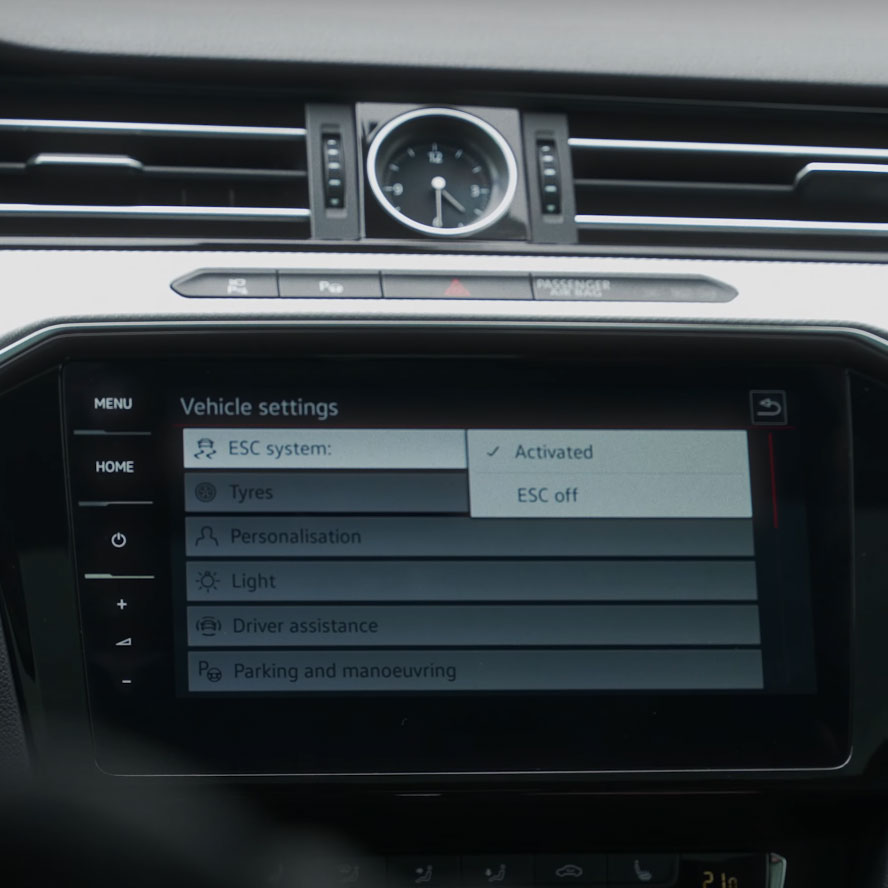
How to Deactivate ESC in Volkswagen, Audi, Skoda, or SEAT
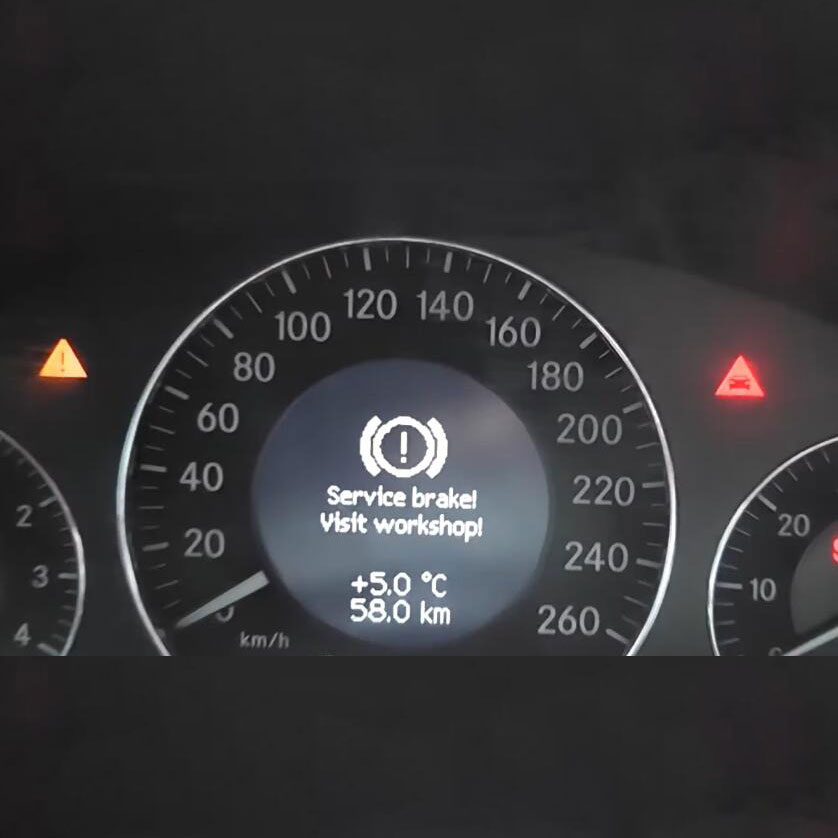
Mercedes Benz ‘Service Brake Visit Workshop’ Warning? Here’s What Dealers Don’t Tell You!
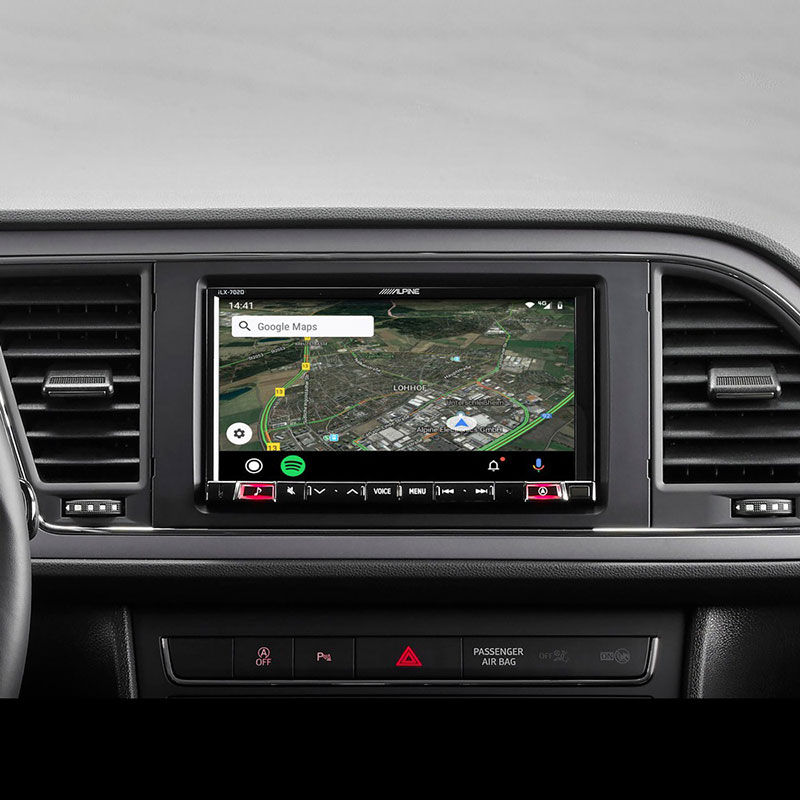
How to Perform Seat Navigation Update? – A Comprehensive Guide for Technicians





